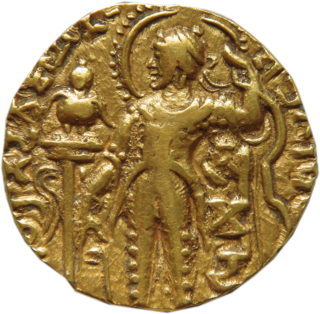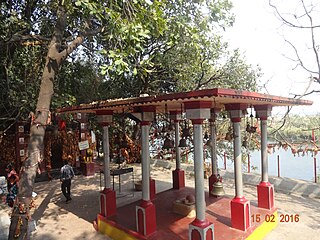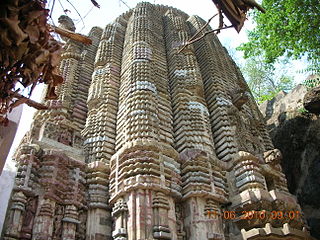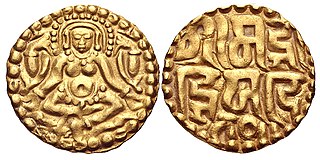Hints for identification
Epigraphic and literary sources offer several hints for the identification of Trikalinga:
- The following places were located in Trikalinga: [2] [1]
- Mukhalingam: An inscription from this place mentions the existence of a temple dedicated to Trikalinga-deva there.
- Kalingapatnam: The 1114-1115 CE (Shaka 1036) inscription from this place records the gift of a lamp to the god of Trikalinga-pattana ("Trikalinga port-town"). A 1152-1153 CE (Shaka 1074) inscription refers to this place as simply Pattana ("port town"). Based on this, historian A.M. Shastri theorizes that this was the only port town in the Trikalinga region.
- Ramagiri: The colphon of Kalyana-karaka by Ugradityacharya (or Udgitacharya) states that this text was composed at Ramagiri in the Trikalinga country, a part of the territory of the ruler of Vengi. This Ramagiri can be identified with the Ramgiri located in the Koraput district of Odisha.
- Neighbouring regions: [2] [1]
- Trikalinga must have bordered the core territories of the three major dynasties whose rulers claimed to Trikalingadhipati: the Eastern Gangas, the Somavamshis, and the Kalachuris.
- Trikalinga either bordered or was very close to the Dakshina Kosala region, since the Somavamshi kings claimed to have ruled both these territories, as suggested by their titles Trikalingadhipati and Kosalendra ("Lord of Kosala").
- Trikalinga bordered the Vengi region, as several Vengi Chalukya inscriptions suggest that their territory included Vengi and Trikalinga.
- Trikalinga was located in Dakshinapatha according to an inscription of the Vengi Chalukya king Gunaga Vijayaditya III. [2]
- Danta-pura was the capital of Trikalinga in the 6th century, as suggested by the 537 CE Jirjingi inscription of Indra-varman I. [1]
The following sources suggest that Trikalinga and Kalinga were distinct regions:
- The Vengi Chalukya inscriptions mention Kalinga and Trikalinga separately. [1]
- The 1358 CE Srirangam inscription of Mummadi Nayaka states that Trikalinga was bordered by Maharashtra in the west, Kalinga in the east, Kanyakubja kingdom in the north, and Pandya kingdom in the south. While the northern boundary mentioned here seems doubtful, the inscription clearly suggests that Trikalinga and Kalinga were two distinct regions. [1]
- A palm leaf manuscript of the Brahmanda Purana at the Orissa State Museum defines Trikalinga as the region between the Jhanjhavati and the Vedavati (modern Indravati) rivers, and Kalinga as the region between the Rishikulya and the Jhanjhavati rivers. [1] Shastri dismisses this portion of the manuscript as unreliable because it is incomplete, contains grammatical errors, and according to him, goes against the epigraphic evidence. [2]
Some modern scholars have suggested that the term Trikalinga referred to three subdivisions of Kalinga: Kongoda, Odra and Utkala. However, the following sources suggest that these regions were considered distinct from Kalinga: [2]
- The Vigrahas of South Toshali (south of Mahanadi) claimed to rule over Kalinga-rashtra, while the Mudgalas of North Toshali (north of Mahanadi) claimed to rule over Utkala.
- The Maranjamura inscription mentions Kalinga, Kongoda and Utkala as distinct units. [1]
- The Jatesinga-Dungri inscription of the Somavamshi king Maha-shiva-gupta III Yayati mentions Kalinga, Kongoda, and Utkala as three different regions in the same phrase. Thus, Kongoda and Utkala do not appear to be constituent units of Kalinga.
- The Talcher inscription of the Bhauma-Kara king Shivakara III states that his ancestor Shubhakara had subjugated Kalinga, which suggests that Kalinga was distinct from the Bhuama-kara territory of Utkala.
- Chinese traveller Xuanzang mentions Odra (U-cha or Oda), Kongoda (Kong-yu-to) and Kalinga as distinct kingdoms. He describes Odra and Kongoda as part of eastern India, and Kalinga as a part of southern India.
- 10th century poet Raja-shekhara describes Kalinga and Utkala as distinct regions.











